Our Data
Long-term monitoring of bat exploitation around the world
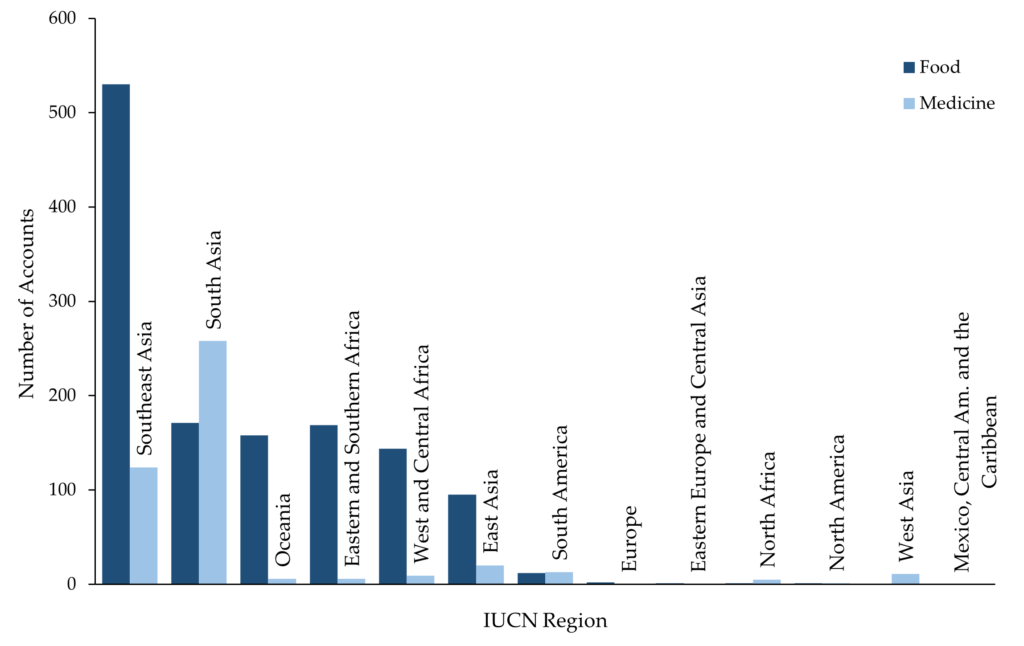
Around the world, bats are hunted, traded, and killed. They are hunted for food, medicine, and as sport; are traded as souvenirs; and are persecuted. In order to understand this exploitation and how it impacts the persistence of bat populations globally, we at GBatNet are calling upon the experiences of our global community to report observations of bat exploitation in any setting. This observation can be of any bat species, in any location, in any form. Help us monitor this threats to bats across time and space and further our mission to protect bats and bat diversity in our changing world.
Why is overexploitation so dangerous for bats?
Bats live a very long time and reproduce very slowly compared to other animals their size. The oldest known bat lived at least 41 years in the wild and at least 22 bats species are known to live over 20 years2. While shrews, similarly sized insectivorous mammals, average 4.4 babies per litter and nearly two litters per year, most bat species give birth to just one pup a year3. This means it is very hard for bat populations to grow and recover from hunting, trade, and persecution.
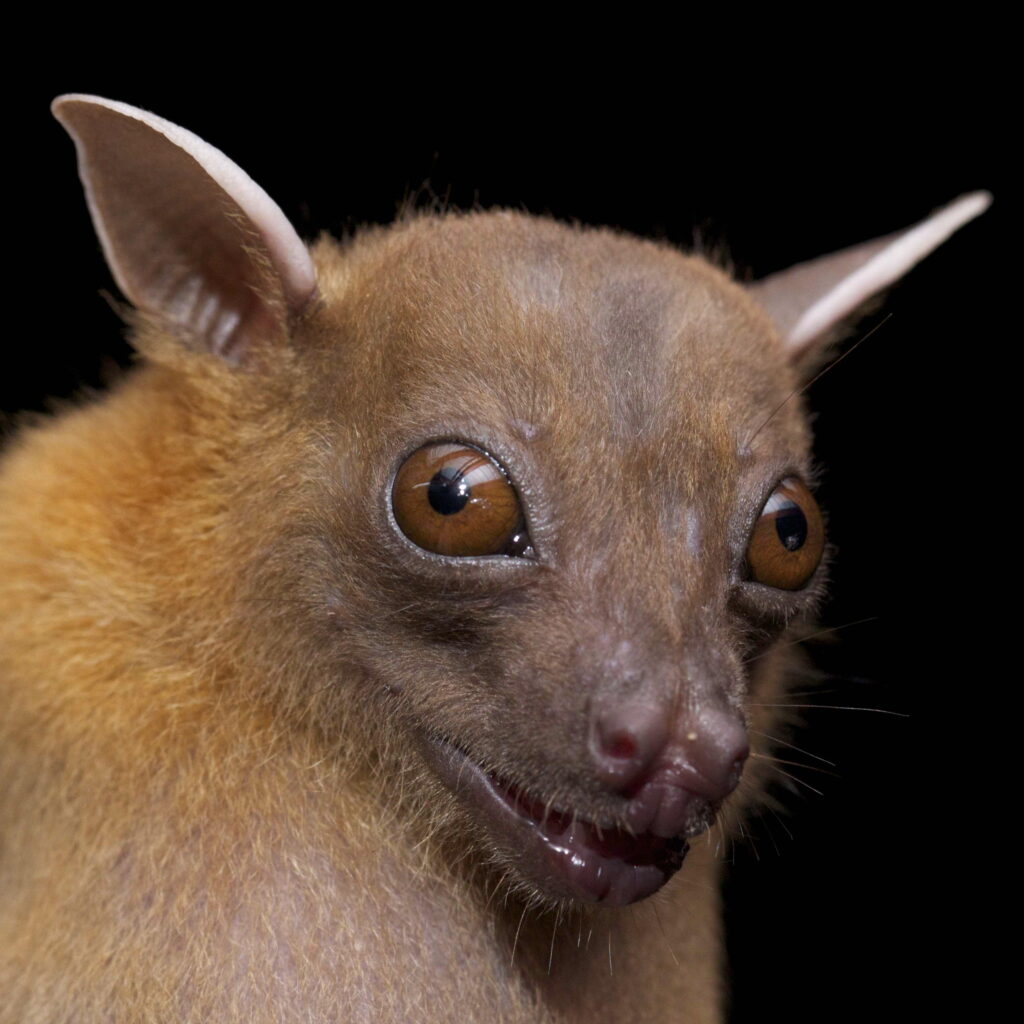
We know overexploitation is dangerous to bats. Overexploitation contributed to the extinction of at least four of the nine bat species that have gone extinct in the last 200 years4. That’s a whopping 44%! Further, overexploitation is now threatening least 178 bat species around the world4.
How can you help?
Submit data to our portal!
What data are we looking for?
- Any bat
- Any place
- Any time
- Being hunted, sold, consumed, traded, or persecuted.
Overexploitation Types
Hunting: Bats are captured or killed for human consumption.
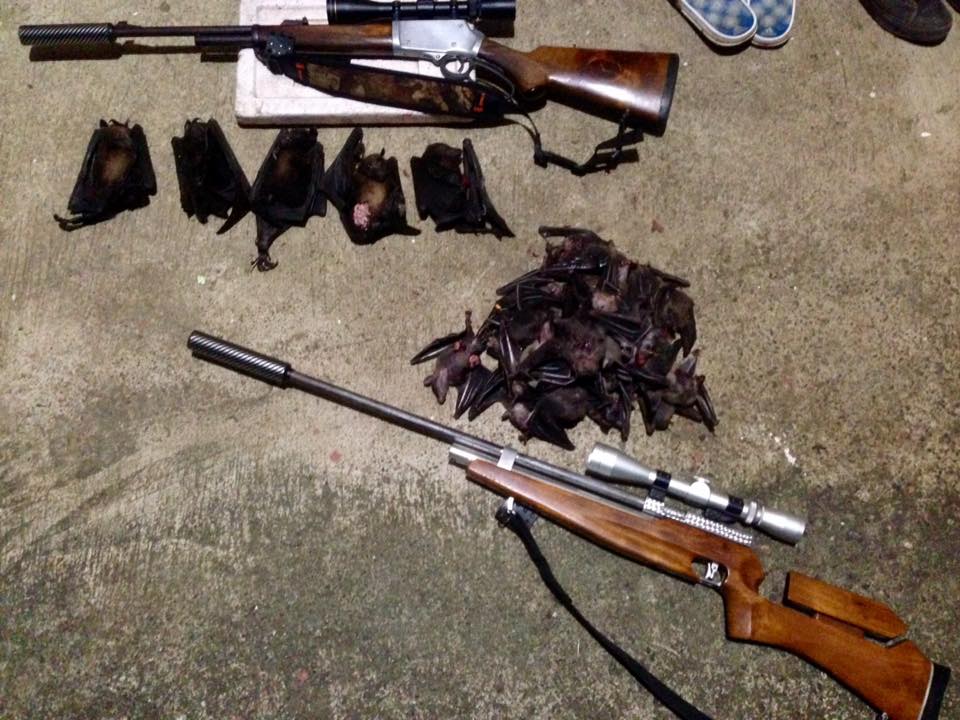
Persecution: Bats are disturbed, harmed, or killed for a primary purpose other than consumption or trade.
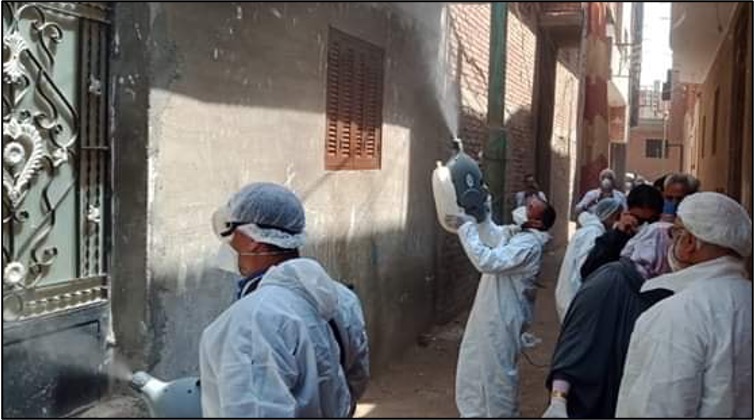
Trade: Bats are captured or killed to sell as souvenirs, ornaments, or other goods.
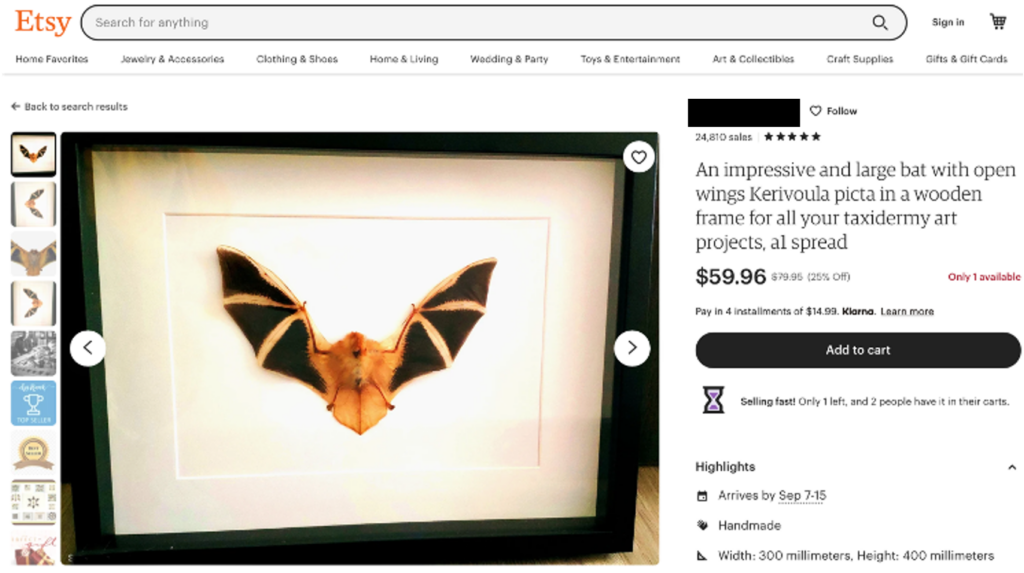
Overexploitation photos are examples pulled from social media.
Publications, Presentations, Outreach, and More!
- Papers
- Conference Presentations
- Rutrough, A. L., and T. Kingston. 2022. Bat Meat: Preference or Necessity? The Role of Protein Limitation in Driving Bat-Hunting. Oral Presentation. 19th IBRC & 50th NASBR, Austin, Texas, USA. August 7-12 2022.
- Tackett, E. S., Kingston, T., Sadeghmoghaddam. N., and A. L. Rutorugh. 2022. Global Medicinal Use of Bats: A Systematic Literature and Social Media Review. Poster Presentation. 19th IBRC & 50th NASBR, Austin, Texas, USA. August 7-12 2022.
- Rutrough, A.L, and T. Kingston. 2021. Global Bat Exploitation Database and Online Reporting Portal. Poster Presentation. Pacific Islands Bat Forum, Online. 10 August – 14 August 2021.
- Outreach
- Rutrough. A. L. 2022. Bat Hunting Around the World. International Bat Night 2022.—Talk starts at 10:00:00.
This data portal is part of the doctoral thesis research of Abby Rutrough, a PhD student in the Kingston Bat Conservation Ecology Lab at Texas Tech University.
Citations
- Tackett, E. S., T. Kingston, N. Sadeghmoghaddam, and A. L. Rutrough. 2022. Global Medicinal Use of Bats: A Systematic Literature and Social Media Review. Diversity 14.
- Locke, R. 2006. The oldest bat. Bats. Bat Conservation International. 24-2 13-14.
- Barclay, R.M. and Harder, L.D., 2003. Life histories of bats: life in the slow lane. Bat ecology. 209-253.
- IUCN. 2022. The IUCN Red List of Threatened Species. Version 2022-1.

